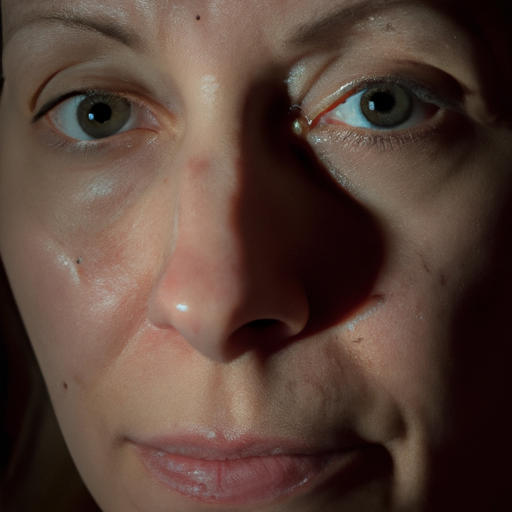As a medical professional, I have seen firsthand the impact of proper skincare on overall health and well-being. One crucial aspect of skincare that is often overlooked is face exfoliation. This process not only helps to maintain a radiant complexion but also promotes healthier skin in the long run. This article aims to unmask the importance of face exfoliation and provide an essential guide to this vital skincare routine.
Exfoliation is the process of removing dead skin cells from the surface of your skin. Our skin naturally sheds these cells every 30 days or so, but sometimes, some dead cells don’t shed completely. This can result in dry, flaky patches and clogged pores. Exfoliation can help prevent this, leaving your skin looking brighter and improving its overall appearance.
There are two main types of exfoliation: physical and chemical. Physical exfoliation involves using a scrub, brush, or other rough surfaces to physically remove dead skin cells. On the other hand, chemical exfoliation uses acids or enzymes to dissolve the bonds between skin cells, allowing them to be easily rinsed away.
Physical exfoliators are readily available and easy to use. They range from facial scrubs with tiny, grainy particles to exfoliating brushes. However, they should be used gently to avoid causing micro-tears in the skin. Over-exfoliation can lead to redness, irritation, and even breakouts.
Chemical exfoliators, which include products containing alpha hydroxy acids (AHAs), beta hydroxy acids (BHAs), and enzymes, work by breaking down the ‘glue’ that holds dead skin cells together. AHAs are water-soluble and work on the surface of the skin, making them suitable for people with normal to dry skin. BHAs are oil-soluble and can penetrate deeper into the pores, making them ideal for those with oily skin or acne.
Regardless of the type of exfoliation you choose, it is important to remember that less is more. Over-exfoliation can strip the skin of its natural oils, leading to dryness and irritation. As a general rule, exfoliate no more than two to three times per week for normal to oily skin, and once a week for sensitive or dry skin.
After exfoliating, your skin may be more sensitive to the sun. Therefore, it’s crucial to apply sunscreen with an SPF of at least 30 every day, even if it’s cloudy. This will help protect your skin from harmful UV rays and maintain its radiant glow.
In addition to promoting a healthier complexion, regular exfoliation can also help your skincare products work better. By removing the layer of dead skin cells, your skin can absorb the active ingredients in your skincare products more effectively.
In conclusion, face exfoliation is an essential part of a comprehensive skincare routine. It not only helps to maintain a radiant complexion but also promotes healthier skin in the long run. However, it’s important to remember that over-exfoliation can do more harm than good. As with all skincare routines, it’s best to start slow and see how your skin responds before increasing the frequency or intensity of your exfoliation. Always consult with a dermatologist or skincare professional if you’re unsure about what’s best for your skin type and condition.




